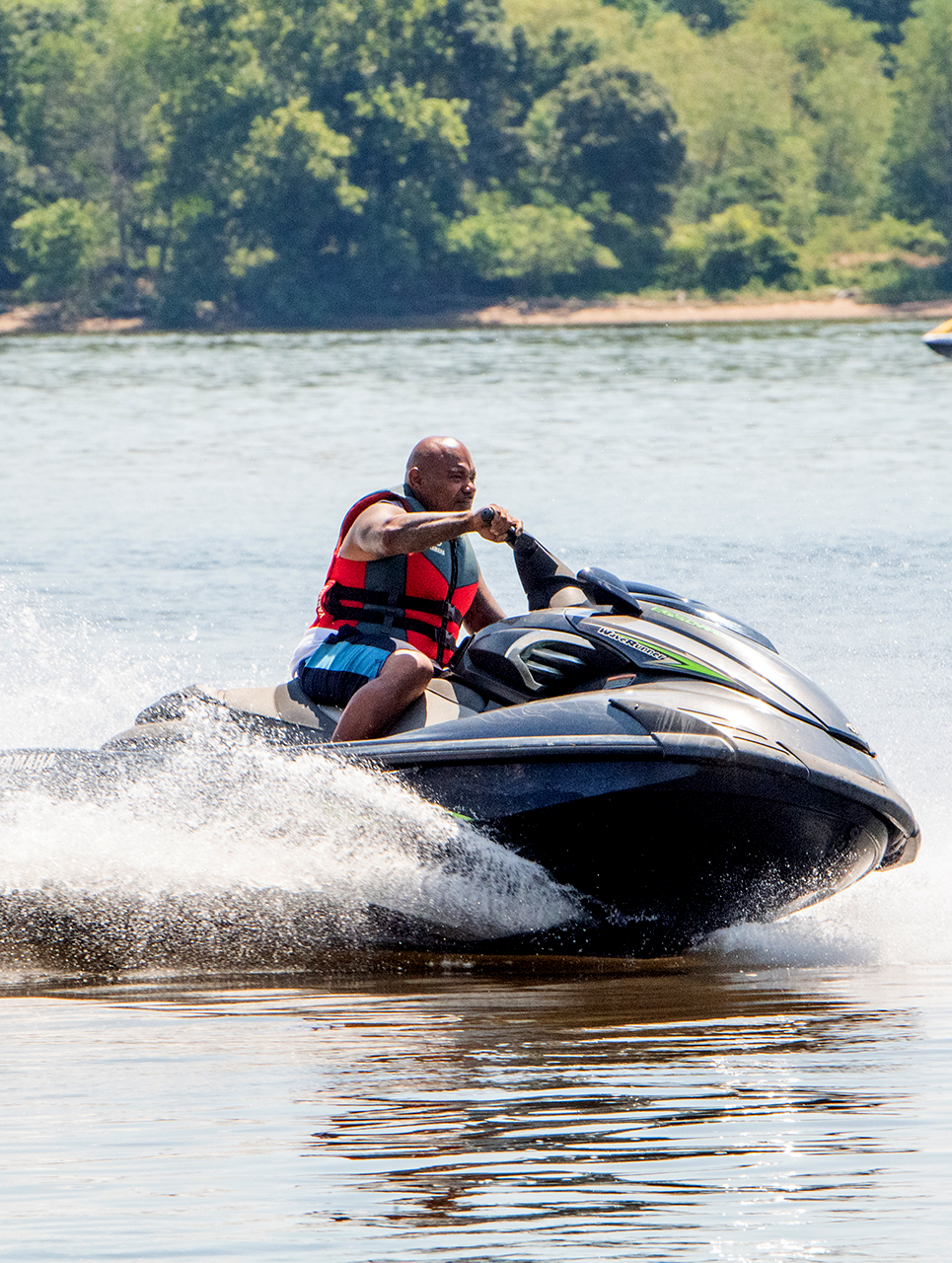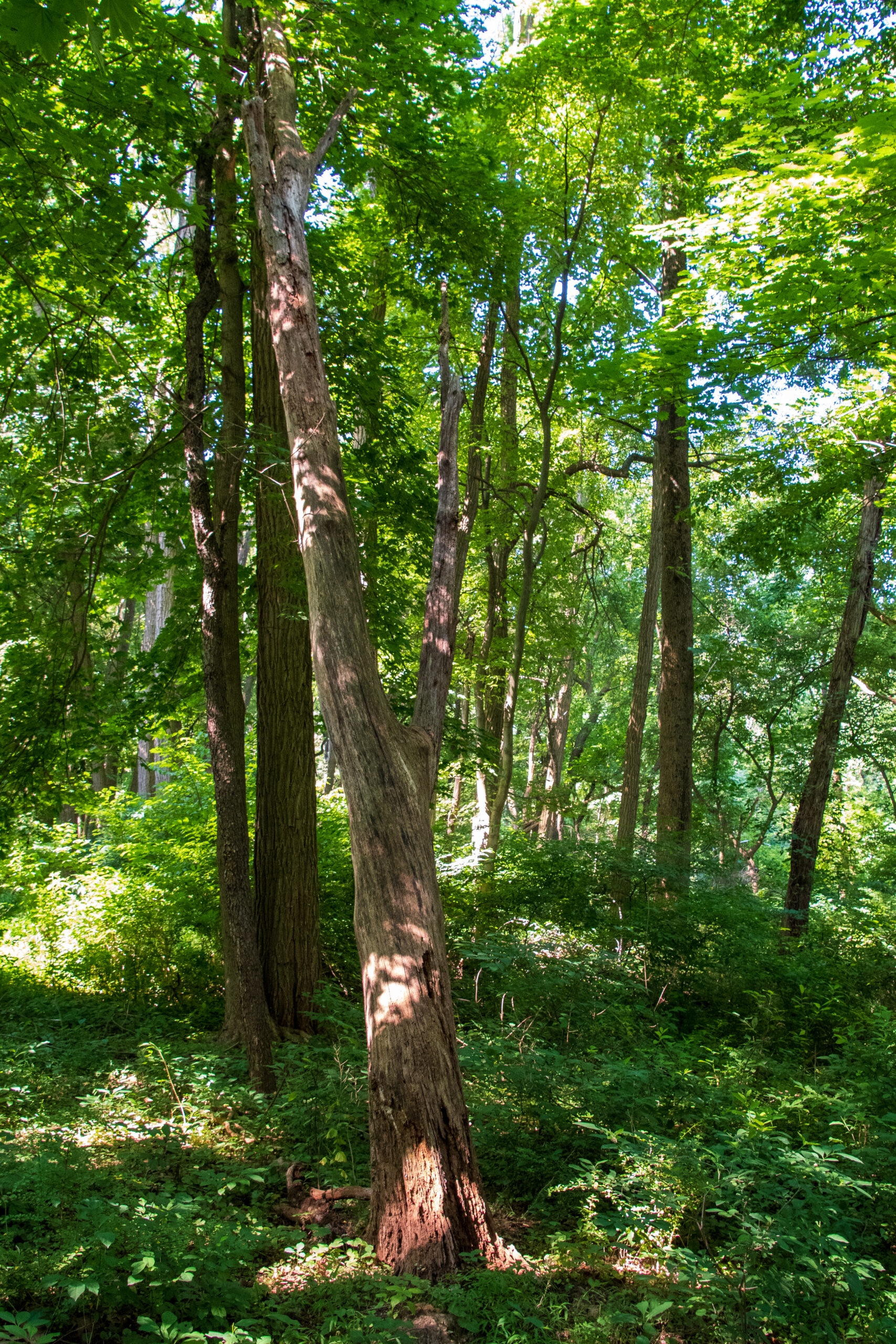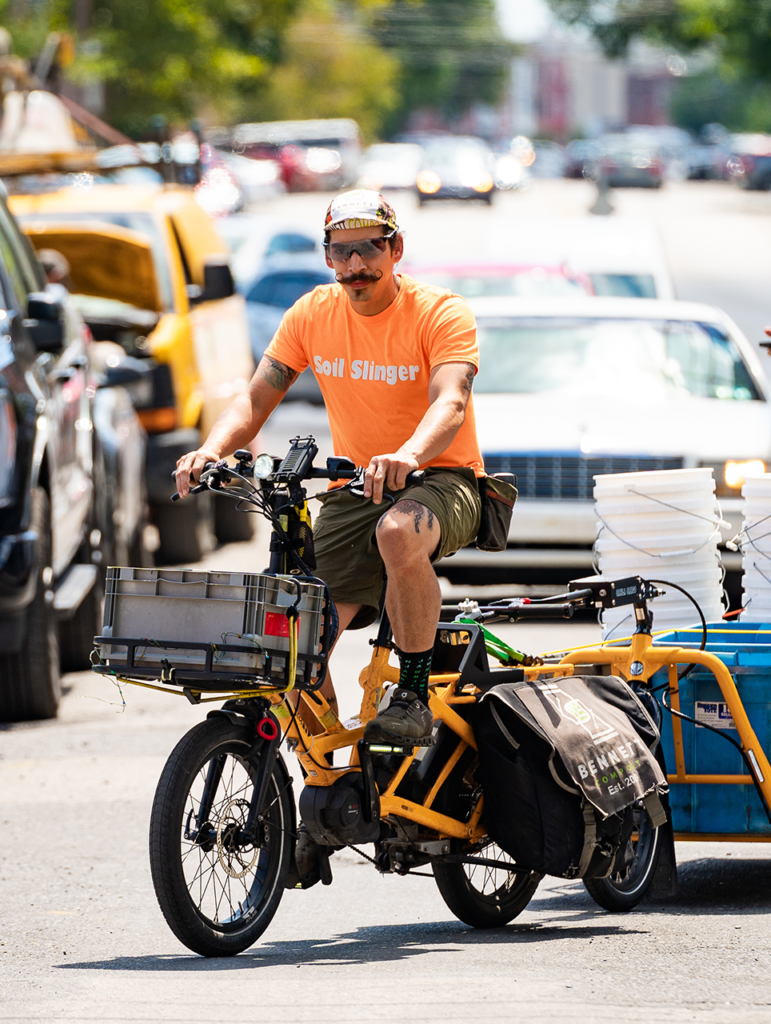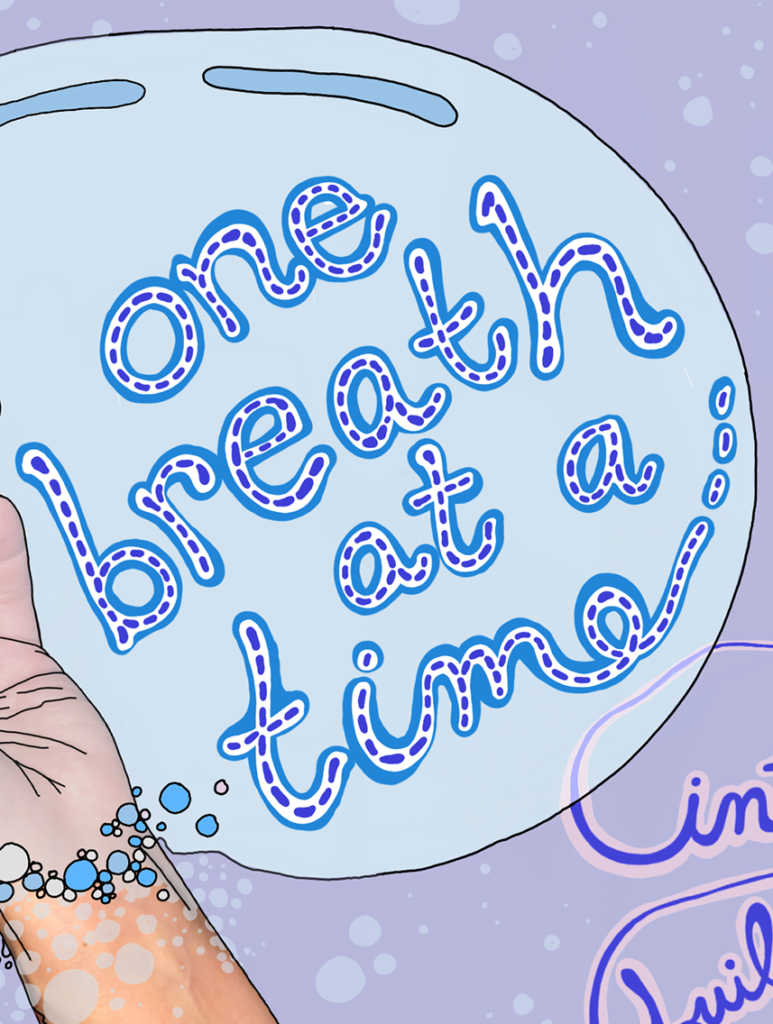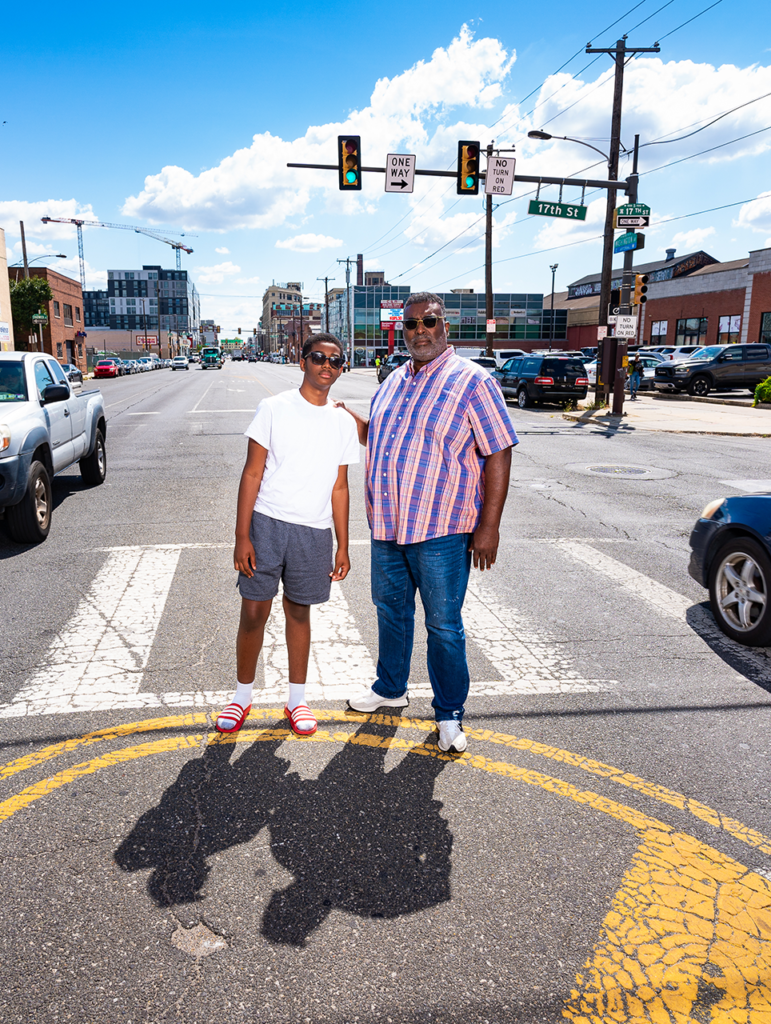On a blisteringly hot day during Philadelphia’s mid-July heat wave, Bruno Rodrigo and Rafael Ibero leapt from the floating dock at Pleasant Hill Park in Northeast Philadelphia and into the refreshingly cool water of the Delaware River. Further into the channel people on jet skis zipped by, water spraying into the air in their wake.
“The water is clean,” Rodrigo said, shrugging as he compared it to the waterways in the pair’s home state of Minas Gerais in Southeastern Brazil. Rodrigo and Ibero work at a tire shop a few blocks away. They prefer the river to the Jersey Shore, where the water is much colder and leaves salt on their skin.
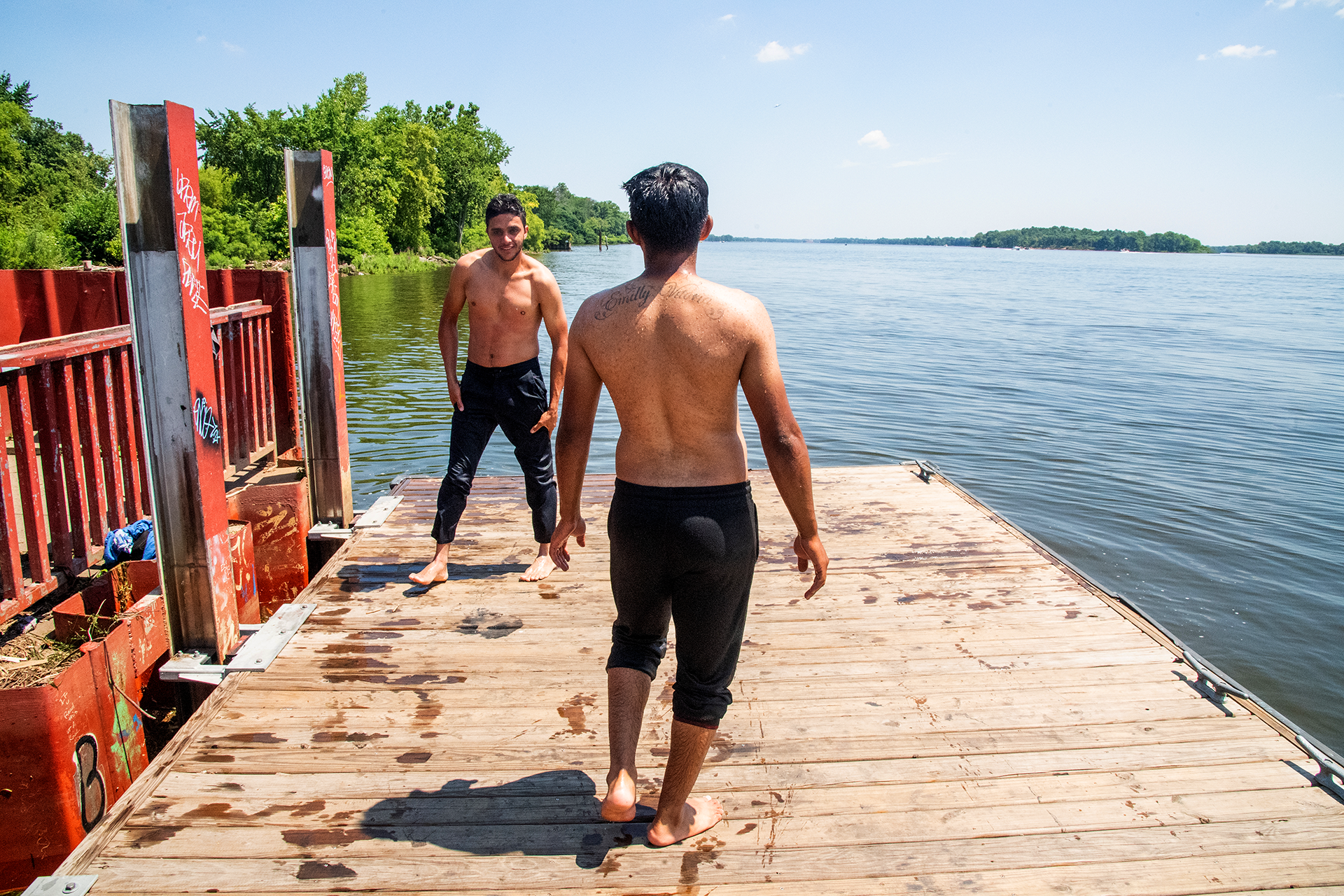
Jumping into a cool river on a day when the heat makes being outside intolerable seems like the most natural thing in the world to do, as evidenced by people doing it. But questions about whether people are jumping into the Delaware River — and whether they should — lie at the heart of a dispute between the Delaware River Basin Commission, which oversees use of the waterway, and a group of advocacy organizations urging the commission to adopt stronger pollution restrictions.
How the commission sets pollution targets depends on how people use the river. The commission officially recognizes that people use the Delaware from around the Commodore Barry Bridge 26.6 miles up through most of Philadelphia to a point just above the Tacony boat ramp for “secondary contact” recreation in which they might get splashed a little, like paddling a kayak or fishing. The commission divides the river into water quality zones, and this section corresponds with all of Zone 3 and part of Zone 4. In the rest of the river the commission recognizes that people engage in “primary contact” recreation, like swimming, water skiing and riding jet skis, in which they get thoroughly soaked and possibly even swallow some water in the process.
“The Delaware River has a primary contact recreation designation for every part of the mainstem except for an area around Philadelphia and Camden [water quality Zone 3 and upper Zone 4], where the designation is secondary contact recreation (think fishing and boating),” wrote commission communications specialist Kate Schmidt in an email to Grid. “However, we have seen evidence of primary contact recreation occurring in this stretch of river, for example, people using jet skis.”
A petition filed in July 2020 by organizations including the Delaware Riverkeeper Network demands that the commission officially designate the river for primary contact recreation throughout. That designation would mean that water quality in the river would be held to higher standards to protect the people who use it.
The water quality doesn’t define what you can do. What people are doing defines what you need to do for protection.”
— Maya Van Rossum, Delaware Riverkeeper
Although Pleasant Hill Park sits on the stretch of river currently recognized as hosting primary contact recreation, the water that Rodrigo and Ibero swam in flows back and forth with the tides across the boundaries, and the jet skiers themselves did the same, racing up from the secondary contact zone into the primary contact zone. The city’s two other boat ramps (Frankford and Tacony), which jet skiers use as well, are within Zone 3, though they are both temporarily closed.

The Delaware River Basin Commission has responded by acknowledging that although people are jet skiing in the river, the water isn’t clean enough to recommend primary contact recreation, citing results of their own monitoring of bacteria that indicate sewage and animal waste in the water.
“The water quality doesn’t define what you can do. What people are doing defines what you need to do for protection,” says Maya van Rossum, the Delaware Riverkeeper since 1994. “They’re misapplying the law and trying to obfuscate by saying it’s not safe everywhere, therefore we shouldn’t allow people on the river.”
The commission also points out the possible risks of recreation on a stretch of river used by enormous ships. Van Rossum rejects the idea that there is much of a collision risk, noting that encounters between large ships and swimmers or small watercraft are rare. “If there was a problem, the solution shouldn’t be to kick the people off the river. The river belongs to the people,” she says.
A jet skier who gave his name as Mello gets on the water every weekend. “I learned to respect the ships,” he says. “You see a ship, you don’t go nowhere near it, basically.”
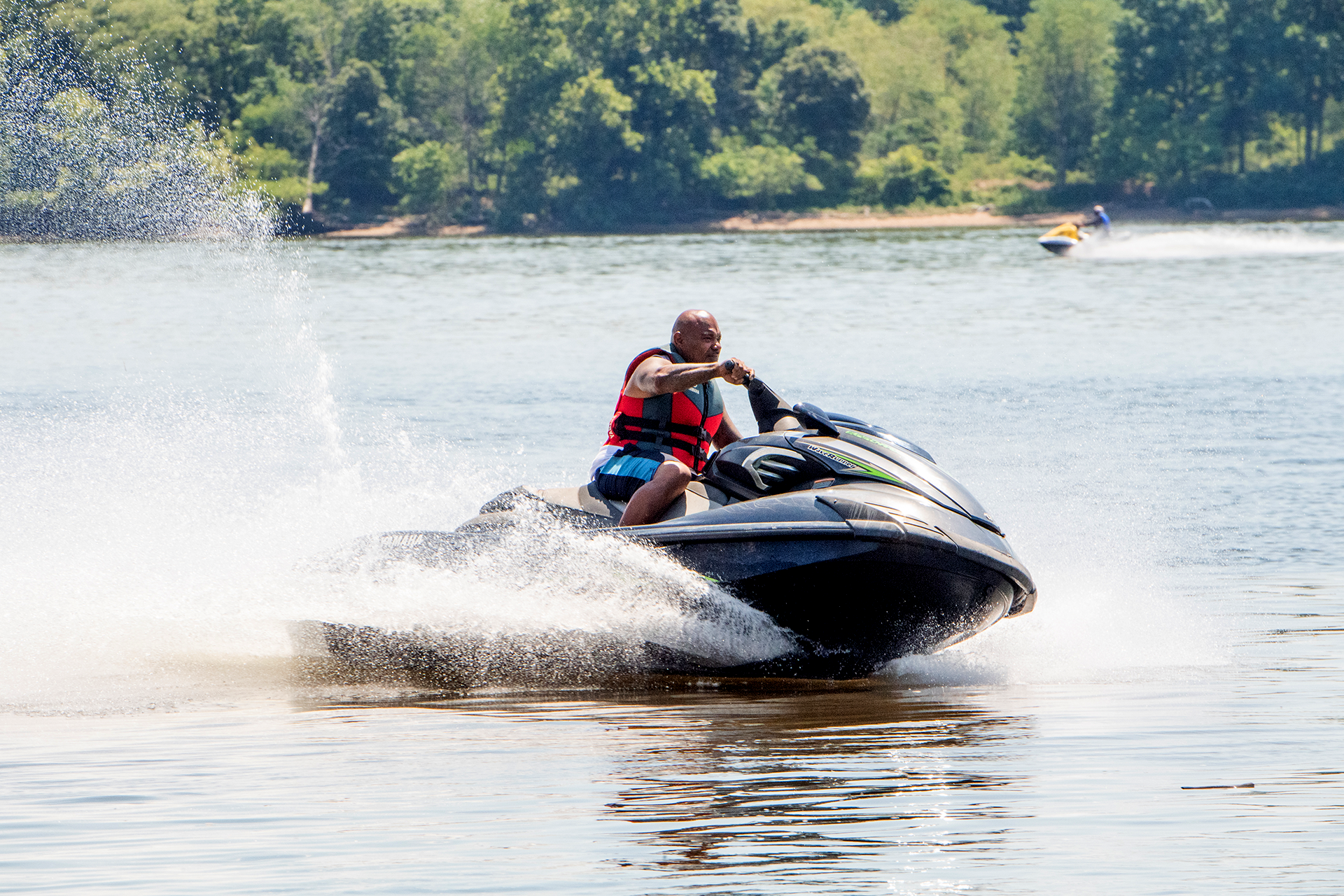
As Mello took off into the river, he cut a sharp turn close to the dock, spraying Ibero and Rodrigo with river water. The two cheered and then jumped off the dock again.
As global warming continues to heat up Philly summers, the river will only get more tempting for anyone looking to cool off. In the meantime, the coalition of organizations petitioning to have the whole river as primary contact is waiting to see what the commission will do before deciding on legal options, says van Rossum.
Anthony Lana, a mechanic who works on watercraft, was testing repaired jet skis on the river with a coworker. He sees the river as under-utilized for recreation. “It would be nice if the City promoted doing more stuff on the water,” he said, noting that the other two ramps in Northeast Philadelphia were closed. He says the city needs “more docks, more places to do this. There’s nowhere to do this.”


